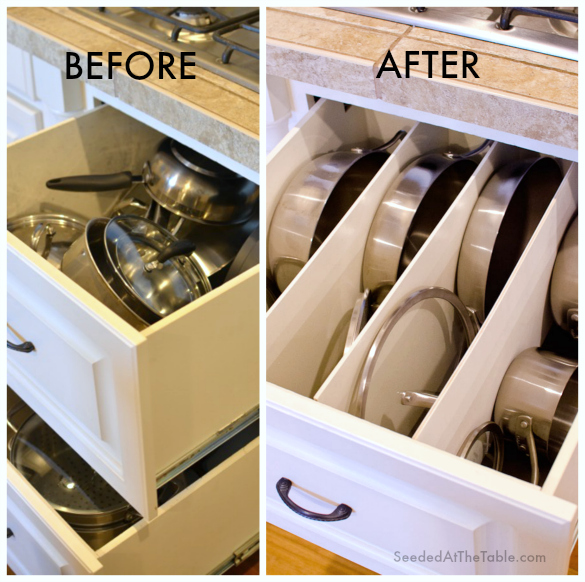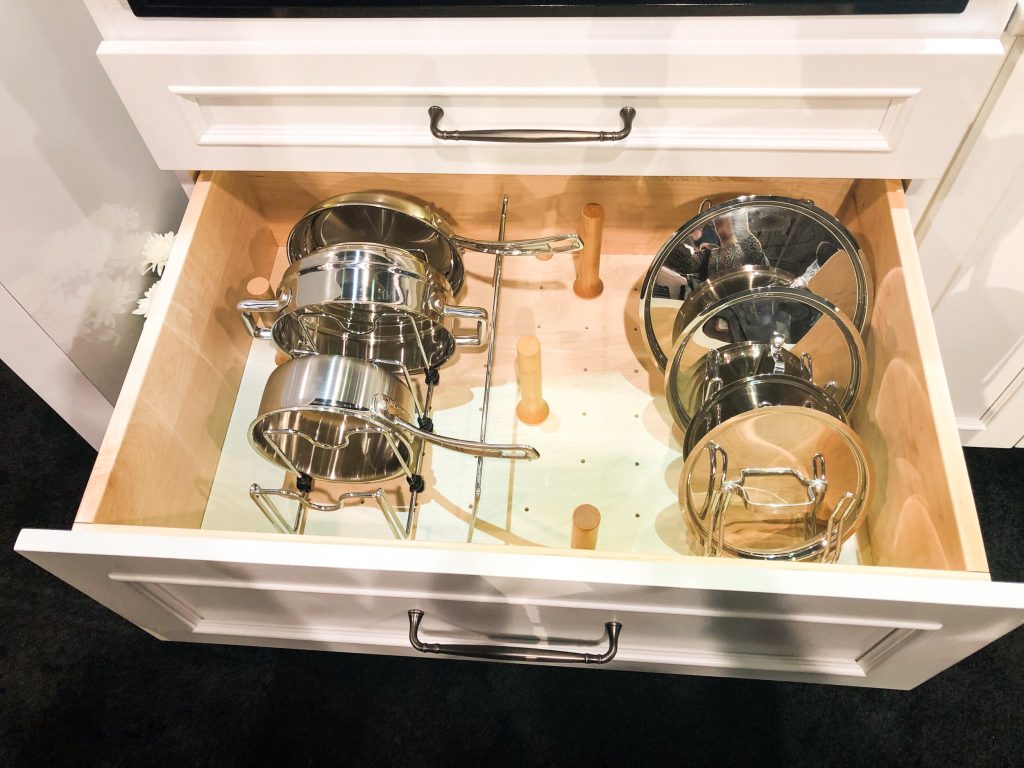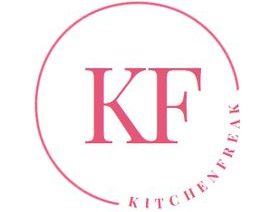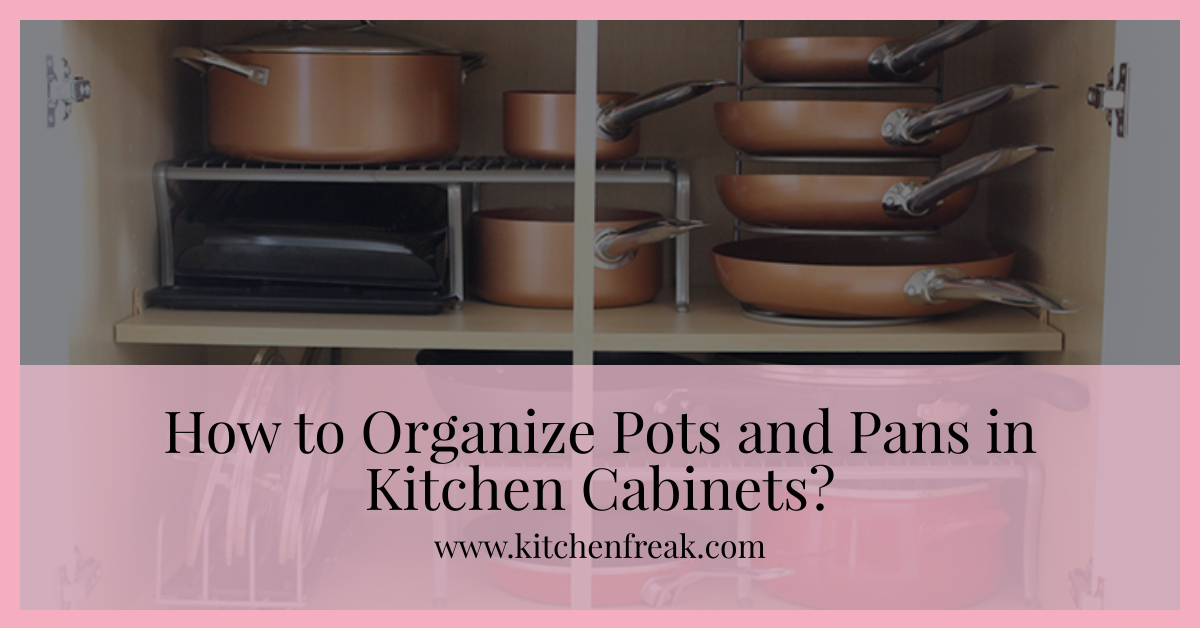Organizing well, tidying things up correctly and keeping things tidy all need to be learned – especially in the kitchen. Because a cleverly thought-out system ensures faster work processes, more fun when cooking and ultimately saves time when cleaning up. Here are practical tips for structure in the kitchen.
Table of Contents
Organize the kitchen: 11 practical tips for more order
The kitchen is the room that particularly needs to be properly thought out. This is where people cook, prepare and store things – often in a small space. When the kitchen descends into chaos, it’s not just nerve-racking: the constant search for certain foods and rummaging around for kitchen utensils is a real waste of time. Time that would be better spent eating with your loved ones. A well-organized kitchen can save a lot of time. With our tips and little effort, supplies, spices and dishes will find their right place and ensure long-term storage space and order in your kitchen.
Check and clear out the contents of the kitchen
Before you can really start sorting and organizing, cleaning out is on the agenda. If you want to get a good overview of the status quo in the kitchen, you have to clear out cupboards and drawers on a large scale. What do you own, what supplies have you hoarded, what food has already expired? Broken kitchen utensils can be thrown away, duplicate or unnecessary ones can be donated or given away, and old food can be disposed of. Once you’ve wiped it thoroughly, you can put your kitchen cupboards, drawers and fridge back in the right place.
Keep important kitchen utensils within easy reach
Correctly concede – but how? The most important rule when organizing the kitchen is to sort items according to frequency of use. This means: everything you use every day should always be within reach. The cutlery, dishes, pots and pans, glasses and mugs that you use for everyday meals must be at the front of the shelf and easily accessible. Depending on your habits, kitchen appliances such as toasters or smoothie makers are also part of your daily routine, in which case they should also occupy one of the top places. Kitchen utensils and appliances that are used less often can slide to the back or all the way up. These include, for example, the fondue pot, the waffle iron or the silver cutlery for festive occasions.

Organize food and supplies in the kitchen
The same applies to food and supplies as to kitchen utensils: they are sorted according to frequency of use and also according to their best-before date. So if you store a lot of canned goods or always have several liters of milk in the house, put the products that are most likely to expire at the front and make sure to sort new products behind them. This way you can ensure that what needs to go is used first and reduce food waste.
For dry foods such as pasta, rice, lentils or nuts, we recommend transparent boxes or pretty screw-top jars instead of various opened outer packaging – this way you can see the contents at a glance and store your goods in an airtight and aroma-protected manner. You can do the same with spices. Uniform containers also ensure a calm look and more clarity in the cupboard. Because things that catch the eye, that are easily accessible and nicely arranged, you simply use them more often. For an even better overview, you can also label the boxes and jars, for example with a label maker, beautiful labels or a permanent pen.
Organize drawers and kitchen cabinets
There are so-called structural aids to ensure that everything you need for everyday use is at hand and that you can cleverly store the rest of your household items in drawers and kitchen cabinets. These little helpers are intended to save space as well as help with clarity and handling in the kitchen.
It becomes more flexible with organizational helpers and life hacks that can be integrated into any kitchen:
- Closet organizers and drawer dividers for all sizes and depths
- Spice carousel or turntable for spices and oils
- Cookware organizer
- Pan stand and pot lid holder
- Pull-out drawer inserts
- Rotating pull-outs for corner cupboards
- Plate rack or cake stand for different plate sizes
- Baking tray holder or recessed shelf at baking tray height
- large vase or beautiful vessel for wooden spoons, spatulas etc.
- Magnetic strips for knives

Basic rule: Everything has its place
Another important principle for organizing the kitchen is: Everything has its own, fixed place. Means: Knives belong in the knife block, rubber bands in the (tidy) junk drawer and cleaning items under the sink – immediately after use. Jute bags, plastic bags, etc. can also be put together or given a regular place in a bag collector. Anyone who applies this principle to everything and sticks to it permanently saves time-consuming tidying up and is rewarded with more freedom for the beautiful things in life.
Create and maintain zones
The key to organizing the kitchen is to create thematic kitchen zones. A few examples: Spices and oils are stored right next to the stove because they need to be quickly at hand when cooking, cooking utensils and cutting knives, on the other hand, are kept close to the work surface, and tea and coffee are ideally located near the kettle and coffee machine. The trash can should also be located in the so-called wet zone, i.e. near the sink and dishwasher, because leftover food and garbage must be removed before washing. It is also practical to place the dishes directly opposite the dishwasher, which saves time when unloading the machine. Be careful not to mix the zones to avoid irritation (including from other family members).
Create storage space in the closet and kitchen
Not only in small kitchens, but in general the kitchen seems to be a place where storage space is in short supply. Clever ideas are needed to get the most out of the available space. Working at height is one of the most obvious tips. If you are at the beginning of kitchen planning, you can plan tall cabinets up to the ceiling. In already finished kitchens, the space on the upper cabinets can often be used to store rarely used kitchen appliances, vases, etc.
It’s best not to move these things individually, but in beautiful, high-quality-looking boxes on the top floor – this creates a calmer impression. To use the outer wall of the refrigerator as storage space, a magnetic refrigerator shelf is suitable; a separately placed trash can creates storage space in the base cabinet of the sink.
Some manufacturers also offer modular walls that can be equipped with magnetic strips, hooks, baskets, small shelves or rods to make optimal use of the additional space on the wall.
Dishes issue: Don’t store everything
When clearing out, did you really sort out everything that was broken or duplicate? Then we hereby encourage you to do a second round of decluttering, in which you get rid of things that are still functional but no longer really fit into your life (and the rest of your dishes). So get rid of the mulled wine cups from the Christmas market, the umpteenth ceramic bowl from the flea market or the beer glass from the Oktoberfest.
Only keep what is actually used regularly, preferably four or six pieces from one design. This also applies to glasses, cups and cutlery. You’ll be amazed at how many “outliers” have crept in over time.
By the way, this tip does not apply to special items, heirlooms or things that have grown close to your heart for various reasons – these can be wonderful accents on the next coffee table.
Tips for organizing open shelves
More and more kitchens are foregoing the practical, but admittedly quite spacious, upper cabinets and creating storage space on open shelves. It seems light and airy – but from a tidy perspective it’s not that easy to handle. Because on open shelves – just like behind glass doors – nothing remains hidden, every little mess immediately catches the eye.
If you like it quiet and clean in the kitchen, you should use uniform storage containers on open shelves and only take out the prettiest dishes. Beautiful cookbooks, wine bottles or fresh herb collections can also be displayed here. Hooks or rods that are mounted on the underside of the shelves are suitable for cups or glasses. This saves additional space.
Keep the work surface clear and organize the sink
A tidy and clean work surface makes it easier to prepare food and is therefore an essential part of a well-organized kitchen. After all, who wants to start making space when cooking was actually on the agenda? First you have to find out what is cluttering up the work surface. Typically these are kitchen towels or dishwashing utensils lying around, recipes, used coffee cups or empty glass bottles.
Finally: keep things organized
Congratulations, you have now successfully established an organization system in your kitchen that makes your work processes easier, is clear and practical and makes your kitchen look clean and fresh. In order for your system to function permanently, it is now important to keep it tidy. Above all, this includes: maintaining zones and not mixing them and putting food, dishes and cooking utensils back in their assigned place immediately after use. The household doesn’t take care of itself, but a few simple steps are enough to restore basic order.

